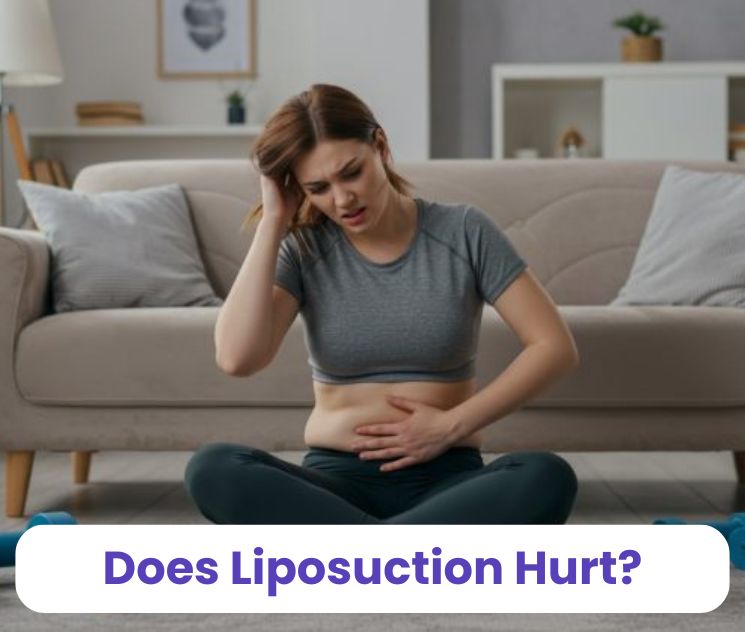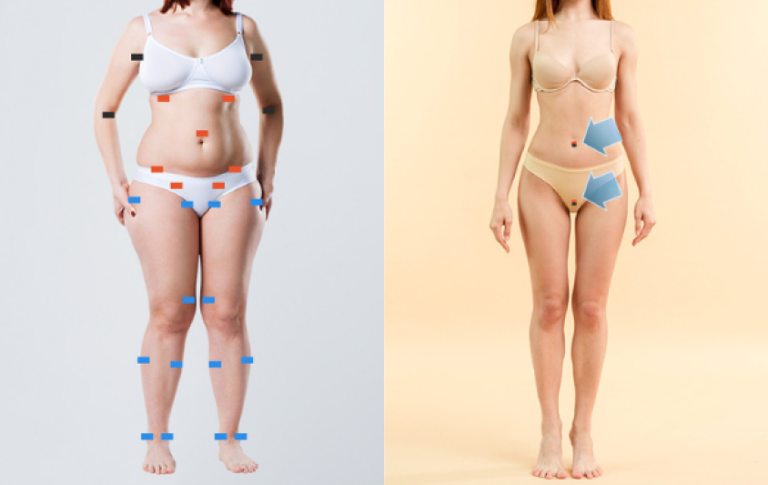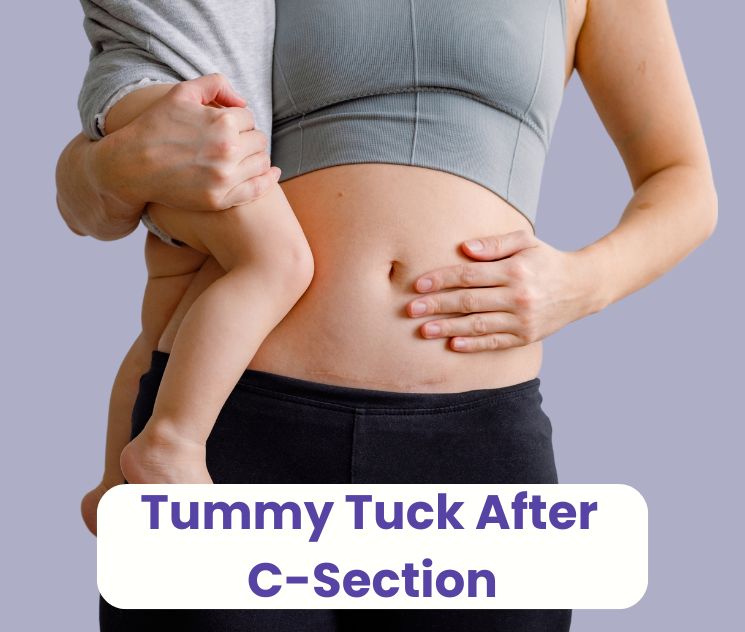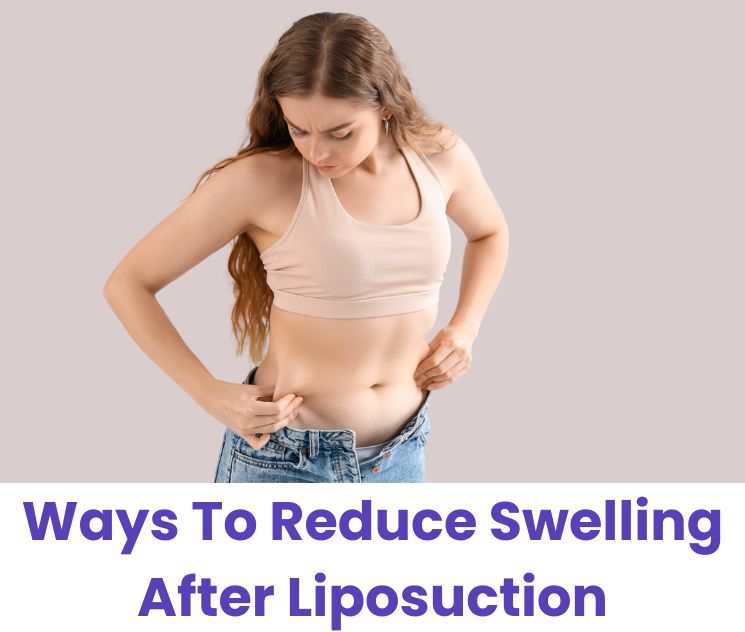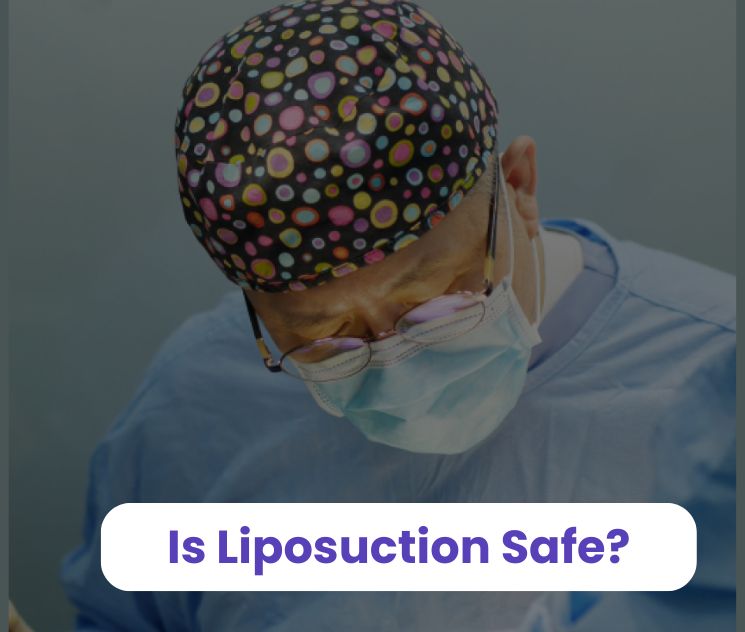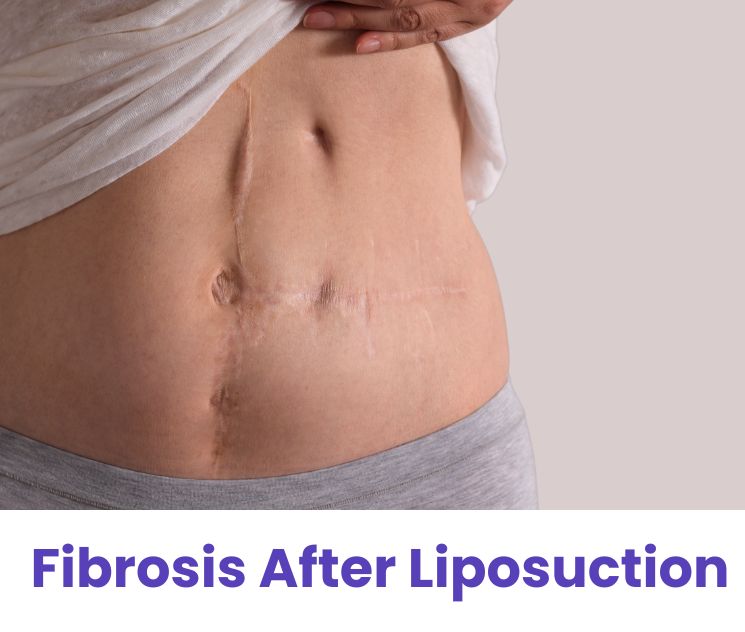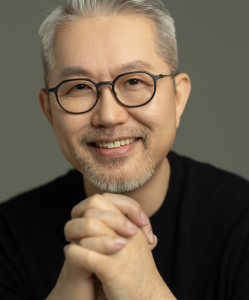Liposuction is one of the most sought-after cosmetic procedures in the world. People turn to liposuction to contour their bodies, removing stubborn fat that just won’t go away through diet or exercise.
However, one of the biggest questions that people have before deciding to go under the knife is “Does liposuction hurt?“ and “How long to recover from liposuction?“
These are valid concerns for anyone considering liposuction, and we’re here to answer all of your questions.
In this blog, we’ll break down the pain associated with liposuction, what you can expect during your recovery, and how to ensure the best possible outcome.
Dr. Abraham An, the expert surgeon at Lydian Cosmetic Surgery Clinic, provides his insights based on over 20 years of experience in the field.
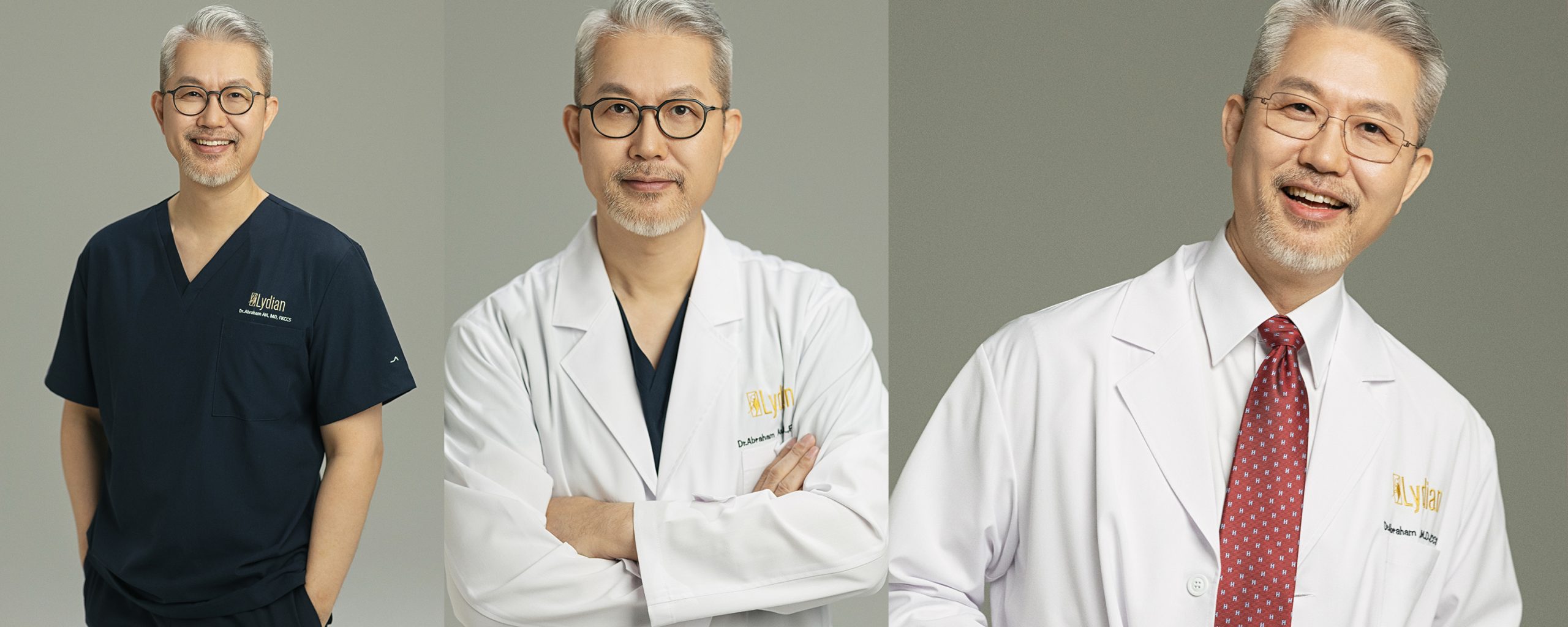
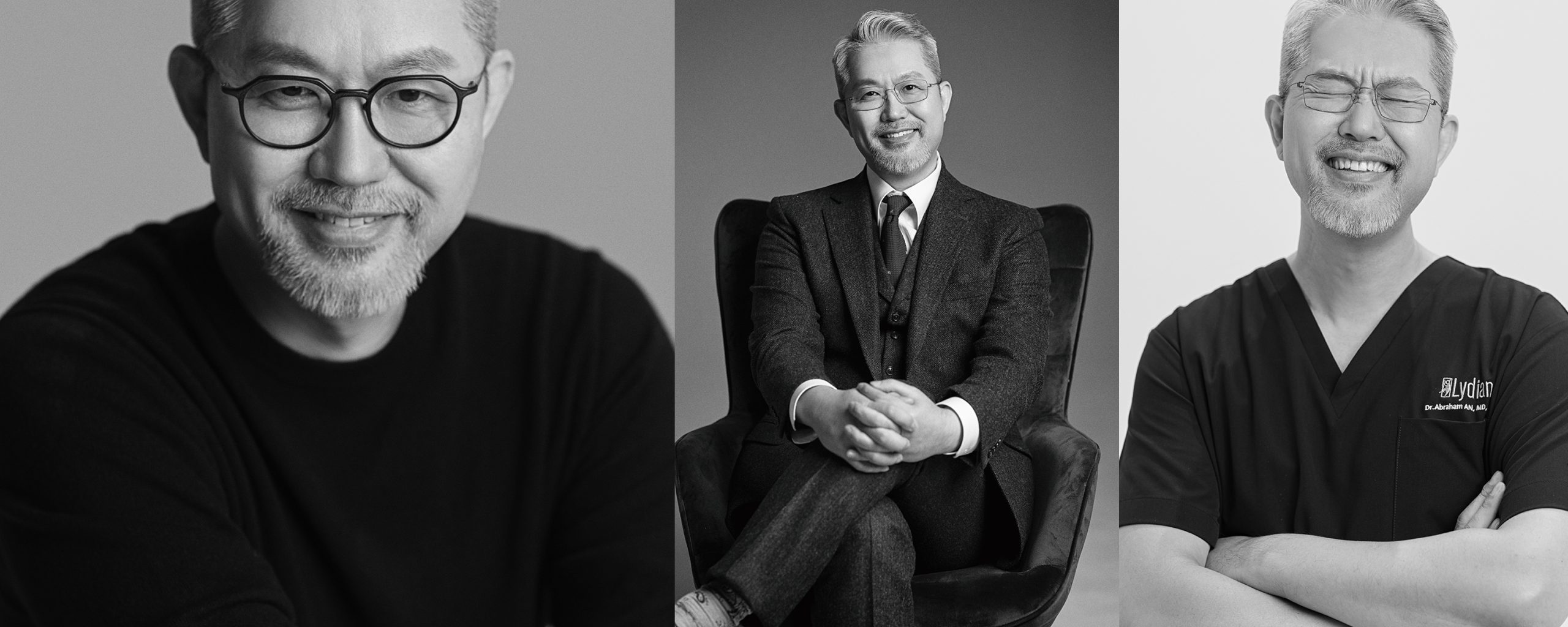


When it comes to any surgical procedure, the most common concern is pain. Liposuction is no exception.
While it is a minimally invasive procedure, patients understandably want to know what to expect in terms of discomfort.
Pain During the Procedure:
Liposuction is usually performed under anesthesia. Depending on the extent of the surgery, you might receive local anesthesia (where only the targeted area is numbed) or general anesthesia (where you’re fully asleep). Dr. An ensures that all patients are comfortable throughout the procedure.
Post-Procedure Pain:

After the anesthesia wears off, patients may experience some discomfort, but this is often manageable. The pain level depends on the extent of the surgery, the area treated, and your individual pain tolerance.
Dr. An compares it to the soreness you might feel after an intense workout, especially if you’ve been working out areas like the abdomen, thighs, or arms.
While the pain can vary, it is typically mild to moderate and improves over time with proper pain management.
The pain you experience will be relative to how your body handles discomfort and your emotional state. If you’re anxious or nervous about the procedure, your perception of pain can be heightened.
However, the good news is that with the right mindset, pain is generally manageable.
How Long to Recover from Liposuction?
What Does Recovery Involve?
-
The question of how long to recover from liposuction is one that varies depending on the individual and the extent of the surgery.
The recovery time can also be influenced by which areas of the body were treated, your overall health, and how closely you follow post-operative care instructions.
Here’s a general breakdown of the recovery timeline for liposuction, from the day of the procedure through the first few months:
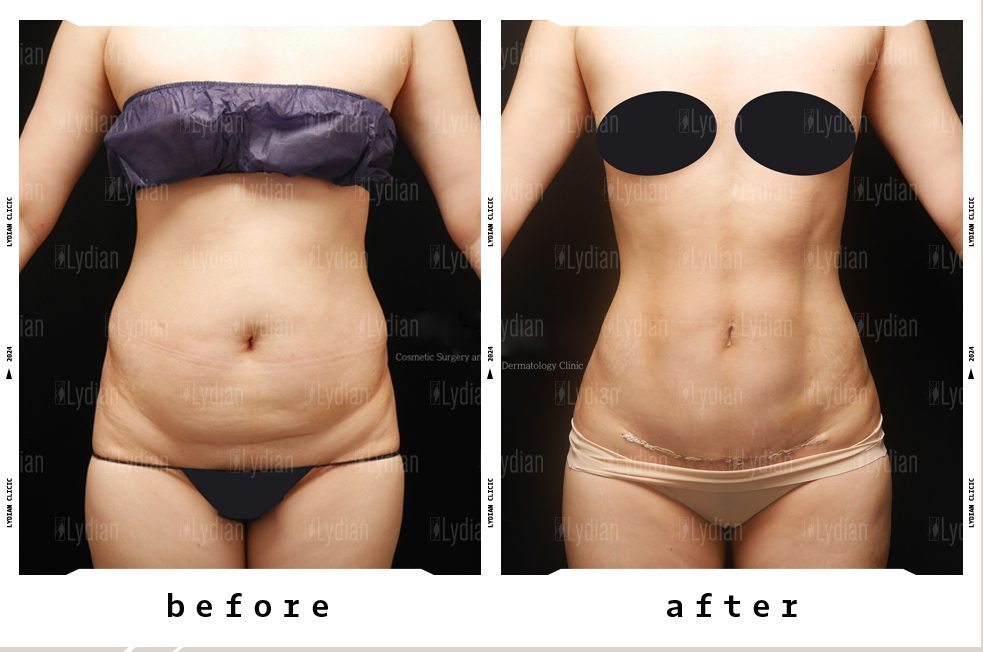


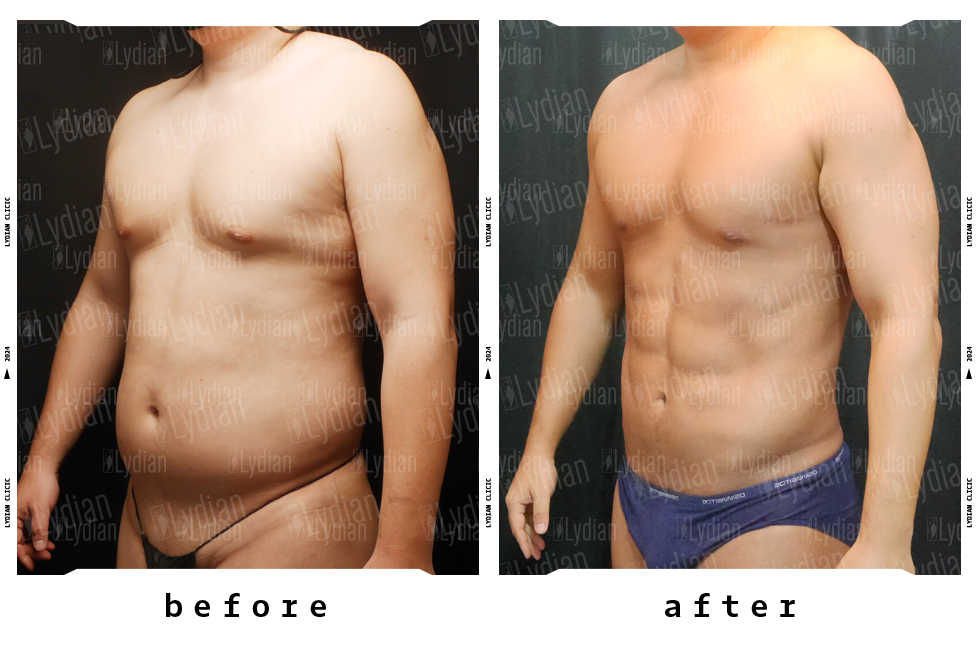






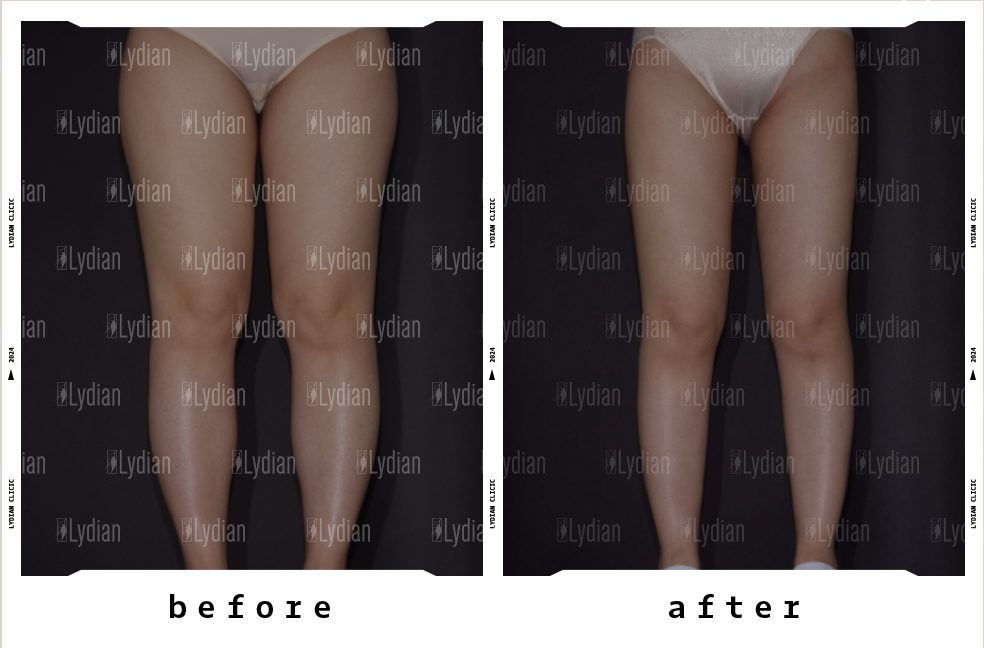

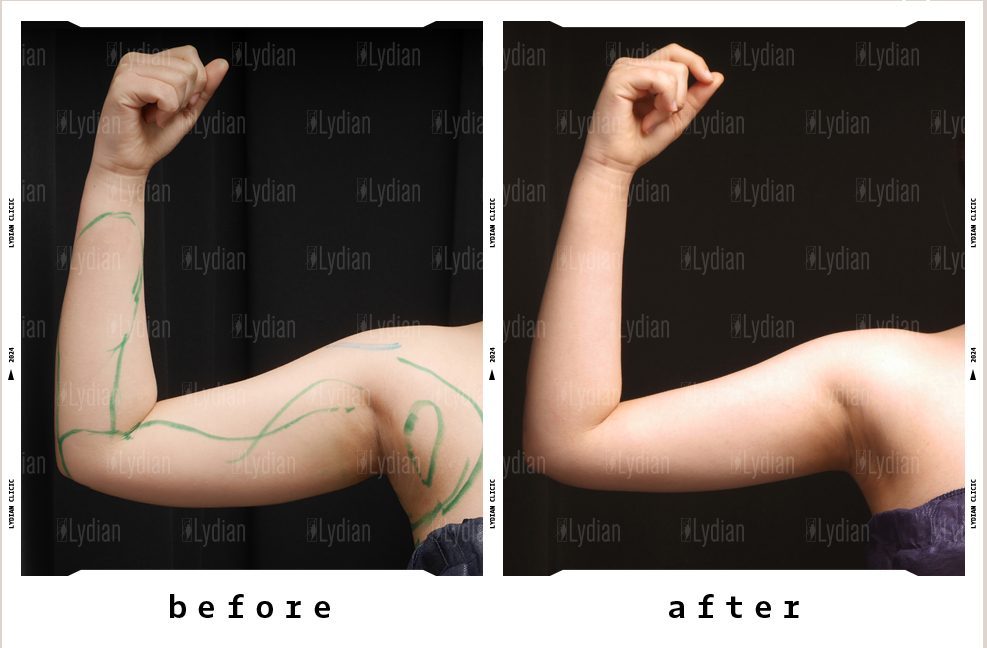
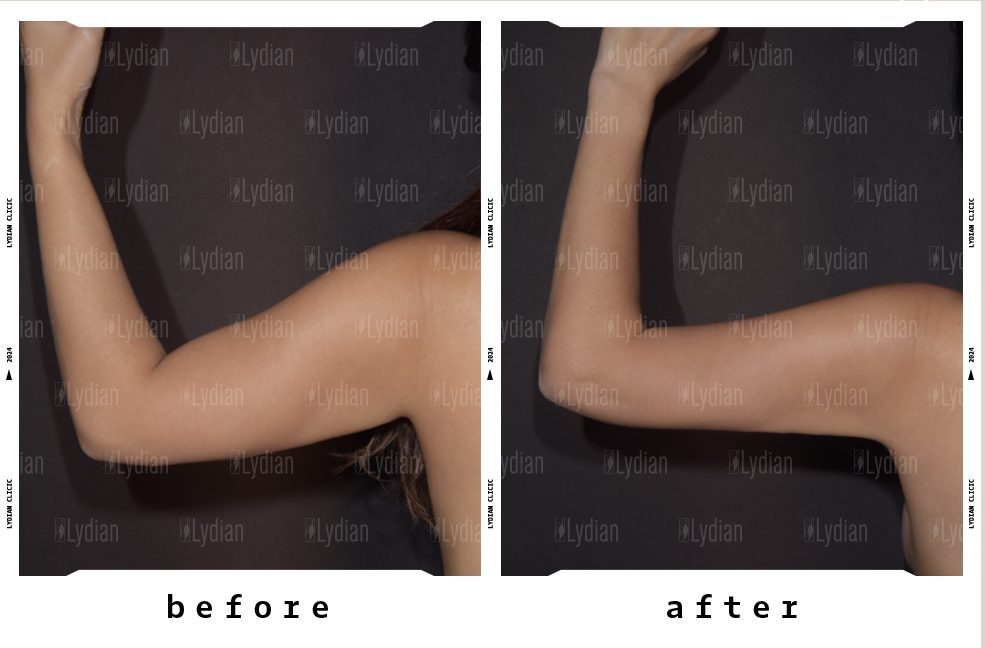
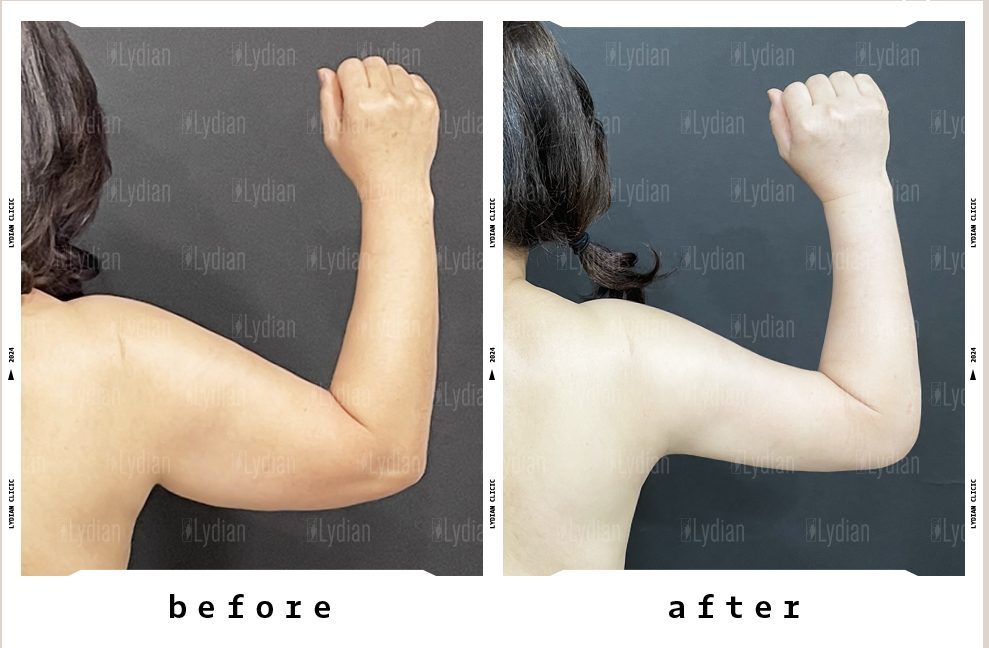

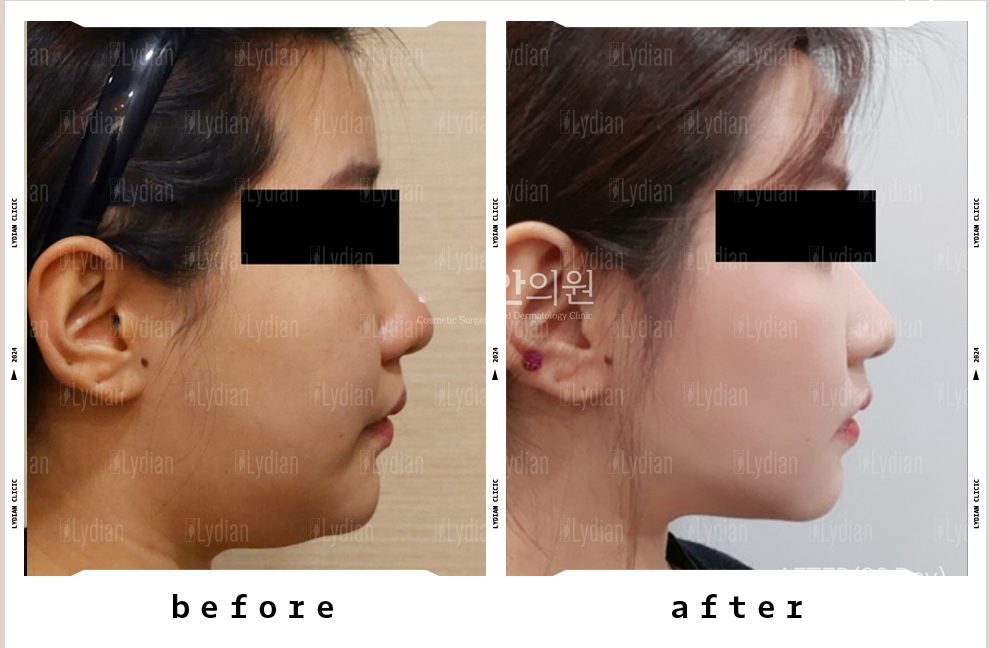
First Few Days: Immediate Recovery Phase
In the first few days after liposuction, you’ll likely experience some pain, swelling, and bruising. The pain is generally mild to moderate and can be managed with prescribed pain medication.
Patients are typically encouraged to rest and avoid any strenuous activity. Dr. An may recommend wearing compression garments to help reduce swelling and assist with the healing process.
These garments should be worn consistently, especially in the first few days to reduce the risk of complications and speed up recovery.
Bruising and Swelling: Bruising is common after liposuction. In fact, it’s part of the healing process. However, it’s important to note that the bruising usually goes away within a few days, and the swelling will subside over the course of several weeks.
While you won’t see the final results of your surgery immediately, you’ll notice that your body feels less swollen after about a week.
Days 4-7: Reducing Pain and Swelling
After the first few days, the pain should significantly decrease. Most patients find that by day 4, they can start resuming light daily activities.
At this point, the swelling will still be present, but it should not be as intense as in the first few days. Pain medication is usually needed for the first 3-4 days, but after that, you may find that you no longer need it as much.
Compression Garments: During this period, you will need to continue wearing the compression garments Dr. An recommends. These garments help your body retain its shape while reducing swelling and encouraging the skin to reattach to the underlying muscles. Some discomfort due to the compression is expected, but it is an essential part of the recovery process.
Weeks 2-4: Recovery Progress
By the second week, you’ll notice continued improvement in your swelling and discomfort. By now, you can likely return to work, especially if your job doesn’t require strenuous physical activity.
However, Dr. An advises avoiding heavy lifting and vigorous exercise during the first 3-4 weeks to prevent injury and support proper healing.
Lymphatic Drainage Massage: During this time, lymphatic drainage massage can be incredibly beneficial for reducing swelling and improving circulation. Lymphatic massage works to remove the buildup of fluids that may occur in the body after liposuction. We recommends starting lymphatic drainage around 5-7 days after surgery for optimal results.
Weeks 4-6: Continued Healing and Results
By the fourth week, your swelling should have decreased significantly, and the majority of bruising will have gone away. You may begin to see the final contours of your body, though it can take a few months for the full results to appear. At this point, you can generally resume more intense physical activity.
However, Dr. An advises taking things slowly and gradually increasing the intensity of your workouts.
Post-Operative Care Tips to Speed Up Recovery
Recovery after liposuction requires a commitment to post-operative care to ensure the best results. Dr. An provides the following tips for a smooth recovery:
1. Follow Dr. An’s Post-Op Instructions: Adhering to Dr. An’s detailed post-surgical care instructions is crucial for a quick and successful recovery. This includes wearing compression garments, taking prescribed medications, and attending follow-up appointments.
2. Stay Hydrated and Eat Well: Proper nutrition and hydration are essential to your body’s recovery. Dr. An recommends consuming a balanced diet that includes plenty of protein, fruits, and vegetables to promote healing. Staying hydrated helps your body process fluids more efficiently, reducing swelling.
3. Avoid Excessive Salt: Excess salt can lead to water retention, which can worsen swelling. Dr. An advises avoiding salty foods during the first few weeks of recovery.
4. Get Enough Rest: Rest is vital in the first few weeks after surgery. While light activity is encouraged, make sure you are getting enough rest to help your body recover fully. Resting helps reduce the risk of complications and ensures that your body heals properly.
5. Follow Up Appointments: Attending follow-up appointments with Dr. An is essential to monitor your progress and catch any potential issues early. These appointments allow Dr. An to assess the healing process and adjust your aftercare plan if necessary.
Conclusion: Is Liposuction Right for You?
Liposuction is an excellent option for those looking to contour their bodies and remove stubborn fat. The pain and recovery associated with the procedure are generally manageable, especially when following Dr. An’s expert aftercare instructions.
If you’ve been wondering how long to recover from liposuction or does liposuction hurt, the answers depend on your body’s healing process, but the results are well worth the investment.
If you are ready to take the next step towards achieving the body you’ve always wanted, contact Dr. Abraham An at Lydian Cosmetic Surgery Clinic today for a consultation.
Let us help you achieve the natural, sculpted look you deserve with minimal discomfort and a smooth recovery.
Frequently Asked Questions
The general recovery timeline for liposuction is around 2-4 weeks for light activities, and 6-8 weeks for more strenuous exercise. However, full results and complete healing can take up to 3-6 months.
Most patients experience mild to moderate pain after liposuction. The discomfort is similar to the soreness felt after intense physical exercise. The pain typically subsides within a few days with proper medication.
Swelling can persist for up to 3-4 weeks, but it will gradually decrease. Final results will be visible within 3-6 months, once all the swelling has gone down.
Most patients can return to work after 1-2 weeks, depending on their occupation and how intense the surgery was. If your job requires heavy physical activity, you may need additional recovery time.
Light exercises can typically begin after 3-4 weeks. Full-intensity exercise should wait for at least 6-8 weeks to ensure proper healing and avoid complications.

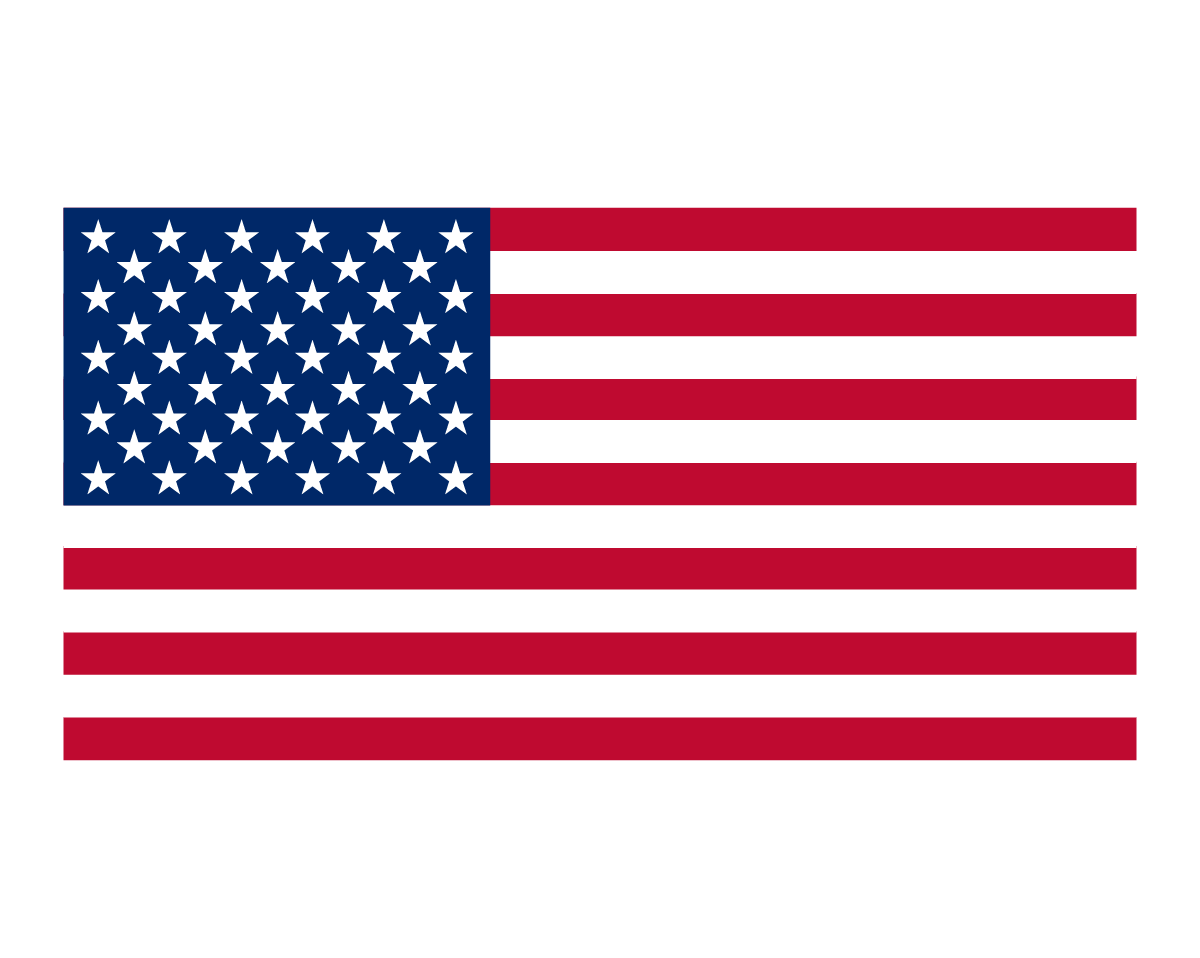 English
English 日本語
日本語 中文网站(繁体)
中文网站(繁体) Русский
Русский Bahasa Indonesia
Bahasa Indonesia ภาษาไทย
ภาษาไทย Tiếng Việt
Tiếng Việt 대한민국
대한민국
